Digital Decoding Engine - wow, what a nice name for a dac. But Lampucera - is nicer.
Audio Alchemy, a company from West Coast - were one of the few manufacturers EVER who decided to market themselves as cheap. Alongside Qed, NAD, Cambridge, etc.
They were supposed to be the GOOD GUYS, the guys ON OUR SIDE. The honest ones, who produce small no frills boxes that rival the big behemots.
And - AA from USA was probably the most successful of them all.
In the era of Stereophile, Absolute Sound, Wadia, Krell, McIntosh, Theta, Levinson, McCormack, Audio Research, Cadillac Le Sabre, HEMI V8, 80c/gallon for gas, (in other words the good old days of USA) etc - AA decided to go against the flow. To dare being different.
Were they MUCH DIFFERENT in fact - well, not quite. But well get to it later.
Since the brilliant career of The AA Dac In A Box, small black box for 100-200 bucks became the motto of Audio Alchemy. Followed by Digital Decoding Engines, all sorts of jitterbugs, etc.
Finally it was time for the PLAYER.
And here my problem begins - they not only based their player on Pioneer mechanism - they took THE ENTIRE COMPLETE PIONEER PDS-502 and put it in their box.
They did not modify ANYTHING AT ALL - took it as it is. In a similar fashion to what Wadia, Goldmund and Theta were doing at that time.
Not even the power transformer, not the regulators, not the capacitors, not the clock.
Yes, the Audio Alchemy player - all the way to the DAC is a Pioneer.
Of course - pioneer is a nice 200 USD toy, and it was good enough, nothing really needed to be changed. So the poor A-A guys thought - gee - our changes would be useless, why don't we keep the entire pioneer as it is.
Is it a sin ? You be the judge. I guess - it is just unnecessary thing to do.
What A-A DID DO was to add their own PCB with new good DAC chips plus a HDCD PMD100 digital filter.
(personally I don't like PMD-100 and I would like to see it removed.)
AA addition was (is) very nice, but IMHO it is NOT big enough difference between this and the pioneer original DAC PB2029A to make all that fuss, repackage it, rename it and all that.
Say, If I wanted to re-write Dostoyewski under my name, I would first make DAMN SURE that I have something significantly more interesting to say.
Apparently, the added value to the stock Japanese production in case of AA wasnt good enough to keep them in business.
They are gone.
I am not sure why they are gone, but if their proposition was really good - they would still be around.
So lets take a walk around the Alchemy, after all, alchemists used to try to change lead or dirt into gold. Did Audio Alchemists from USA succeed to turn a simple 200 USD pioneer player into a 1290 USD piece of gold by repackaging it and adding a new dac ???
Below is my poor man's attempt on a panoramic stitch of two photos in order to show the front panel in it's full glory.
MADE IN USA, a country of brushed aluminium.
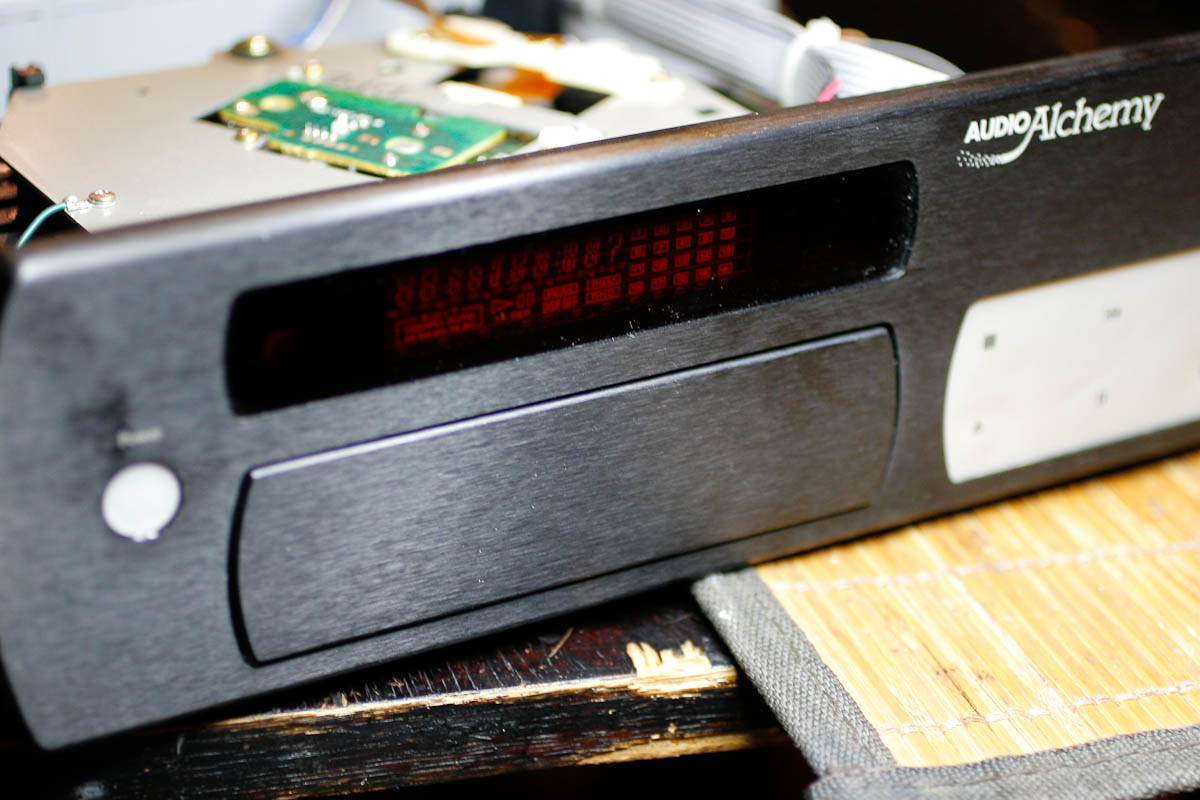
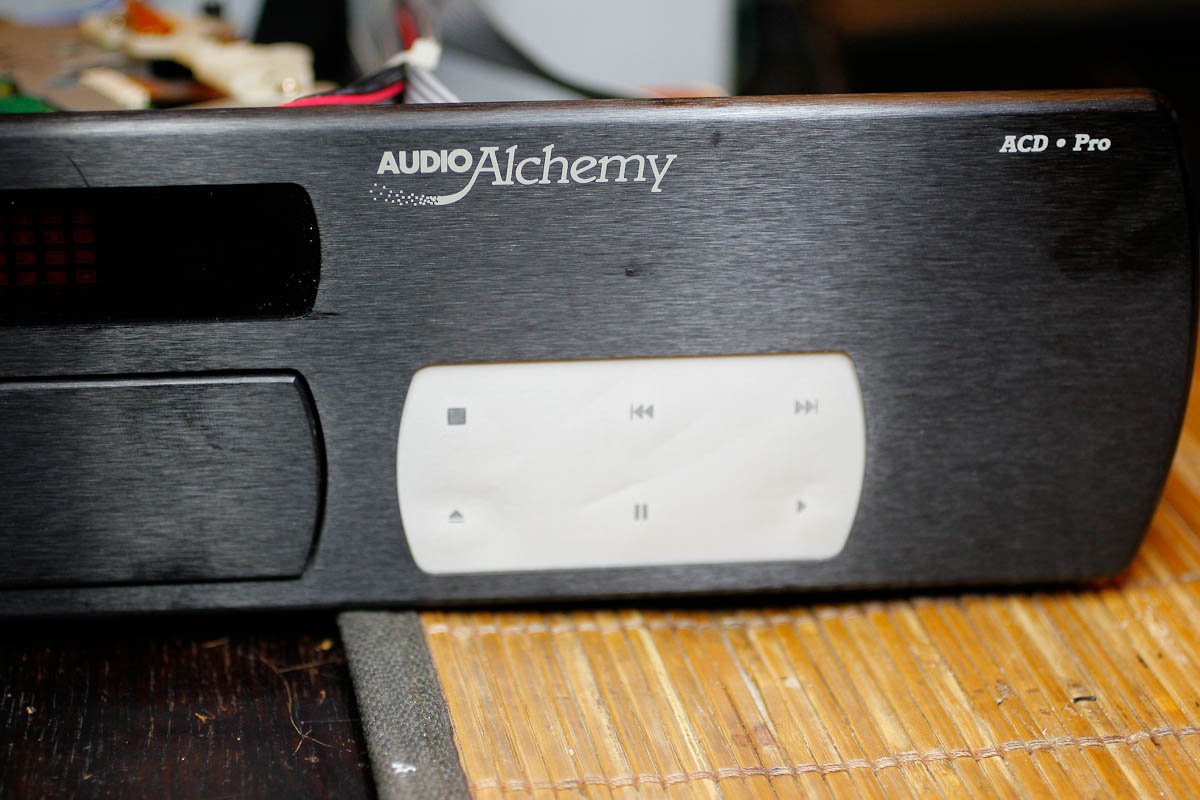
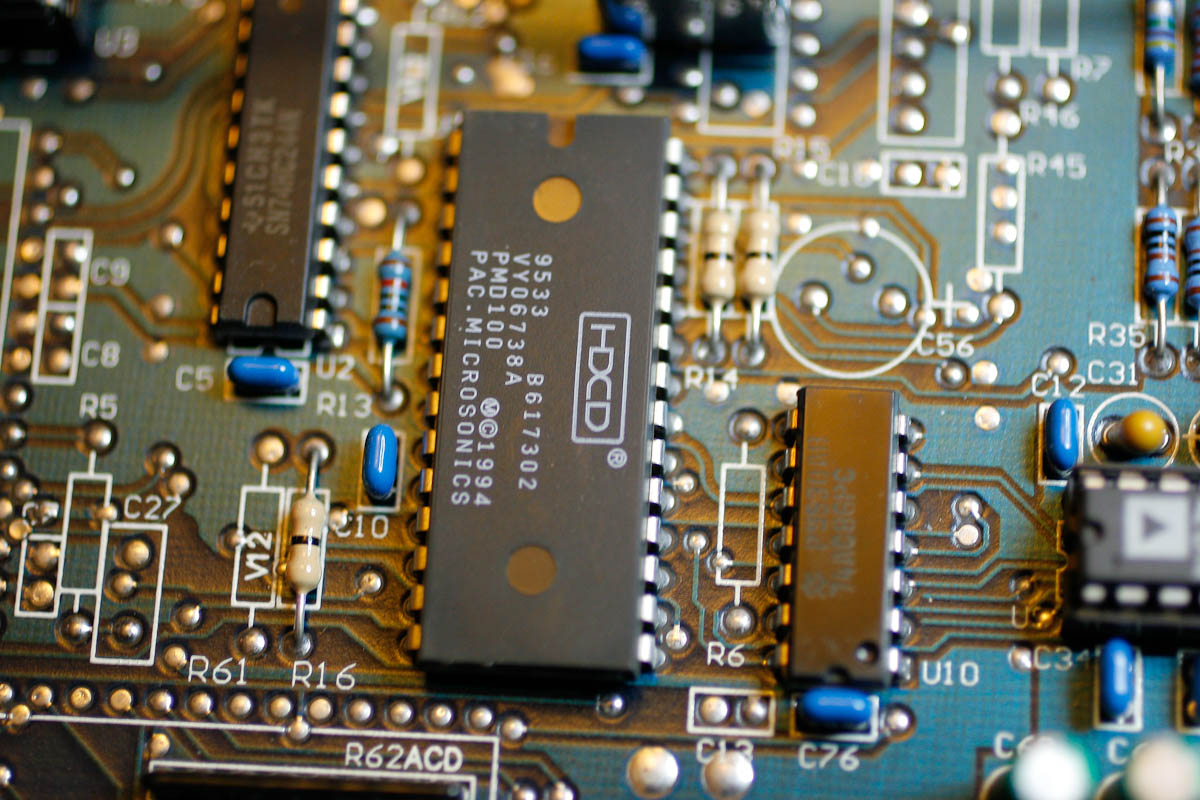
HDCD - this chip became very popular among manufacturers of CD players in the nineties, but the recording industry largely ignored that patent.
I heard that the entire licence and hardware for the record company to enter the HDCD format cost at that time 40 grand and they almost all refused.
40 Grand for Columbia, EMI and Warner. Imagine, the bill of their bosses lunch.
This showed how the record companies could not CARE LESS about the sound.
Then Microsoft bought Pacific Microsonics company (hence PM in the name) - the guys cashed in the last minute. A year later - no one wanted to touch that patent with the other end of a stick - being a microsoft software licence trap.
Who knows, maybe it took the player 20 minutes to boot fully like my Windows laptop. (I cant understand why my Mac boots in 20 seconds).
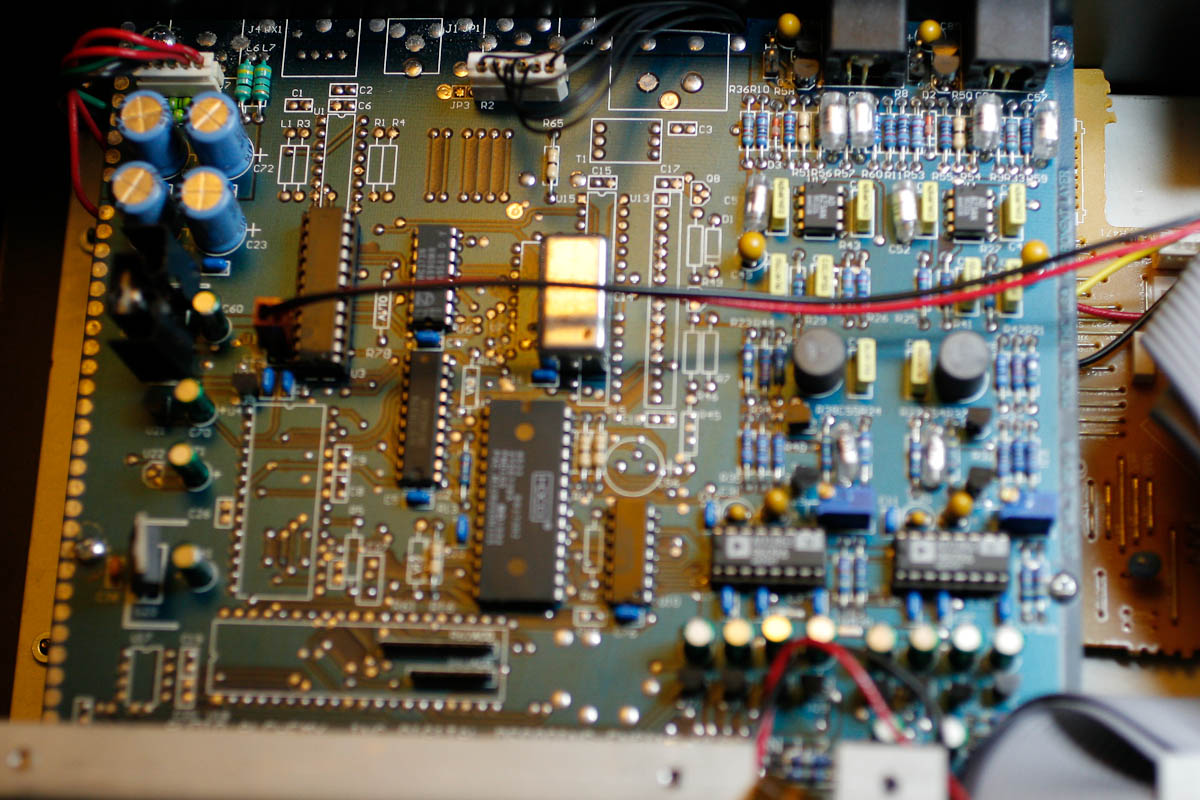
Above - the Digital Decoding Engine in full glory. I was so excited that I shook the camera like hell.
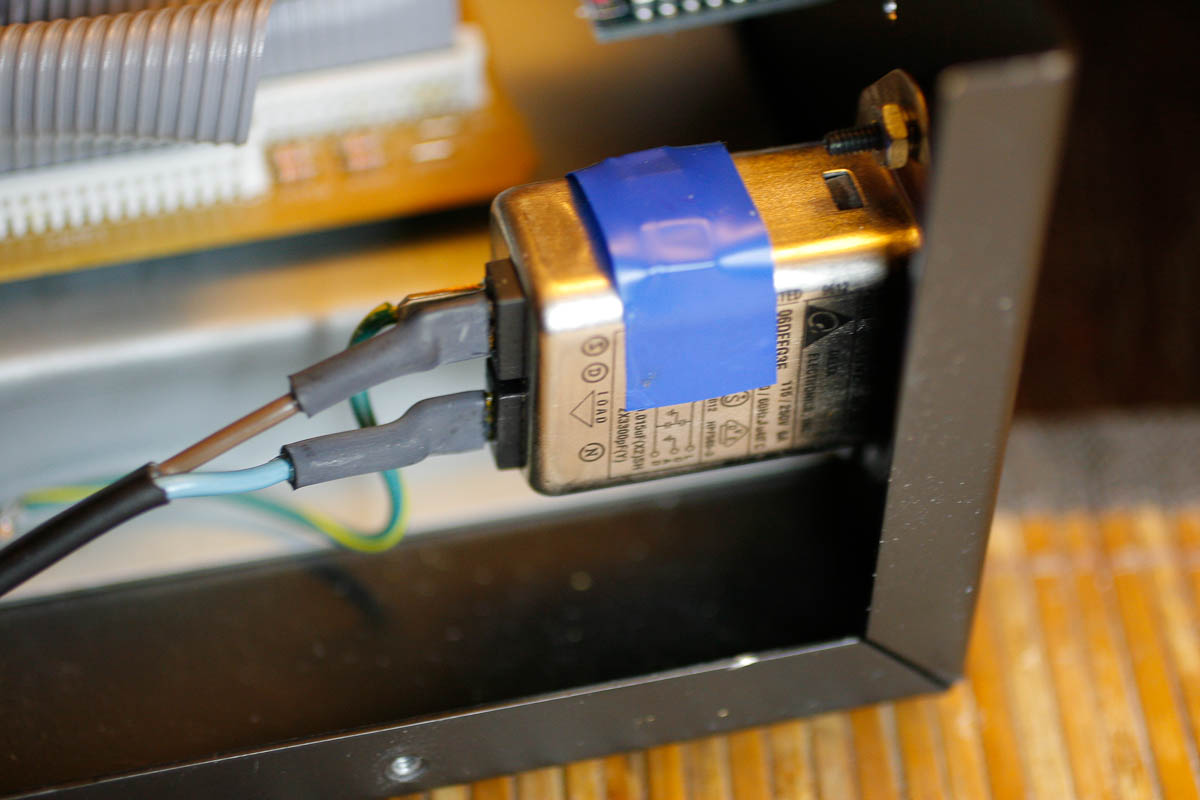
The only visible contribution of AA to the Pioneer thing. The MAINS FILTER.
I wonder what they were doing with the rest of the Pioneer - the gorgeous front panels a'la darth vader and the top covers and the floor plates and cartons.
I don't believe they actually contracted the Pioneer guts from Japan.
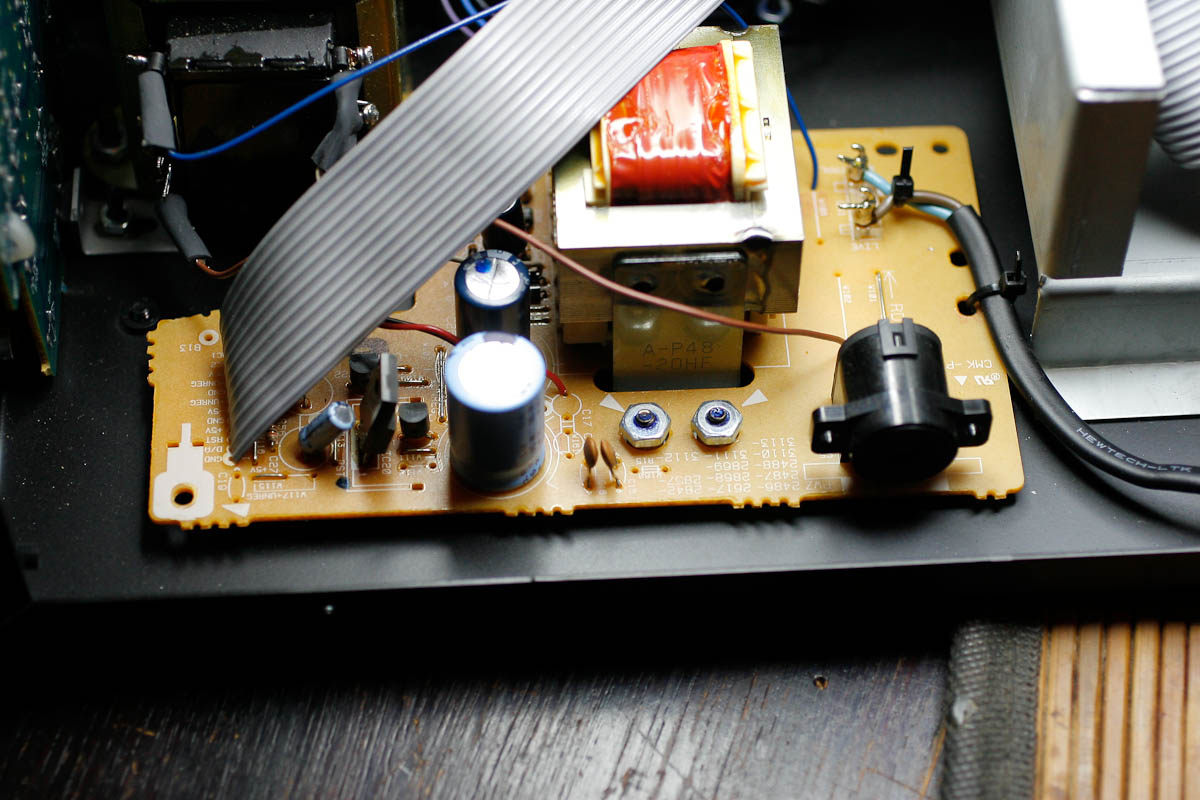
Above - the entire Pioneer power supply as removed from the Pioneer.
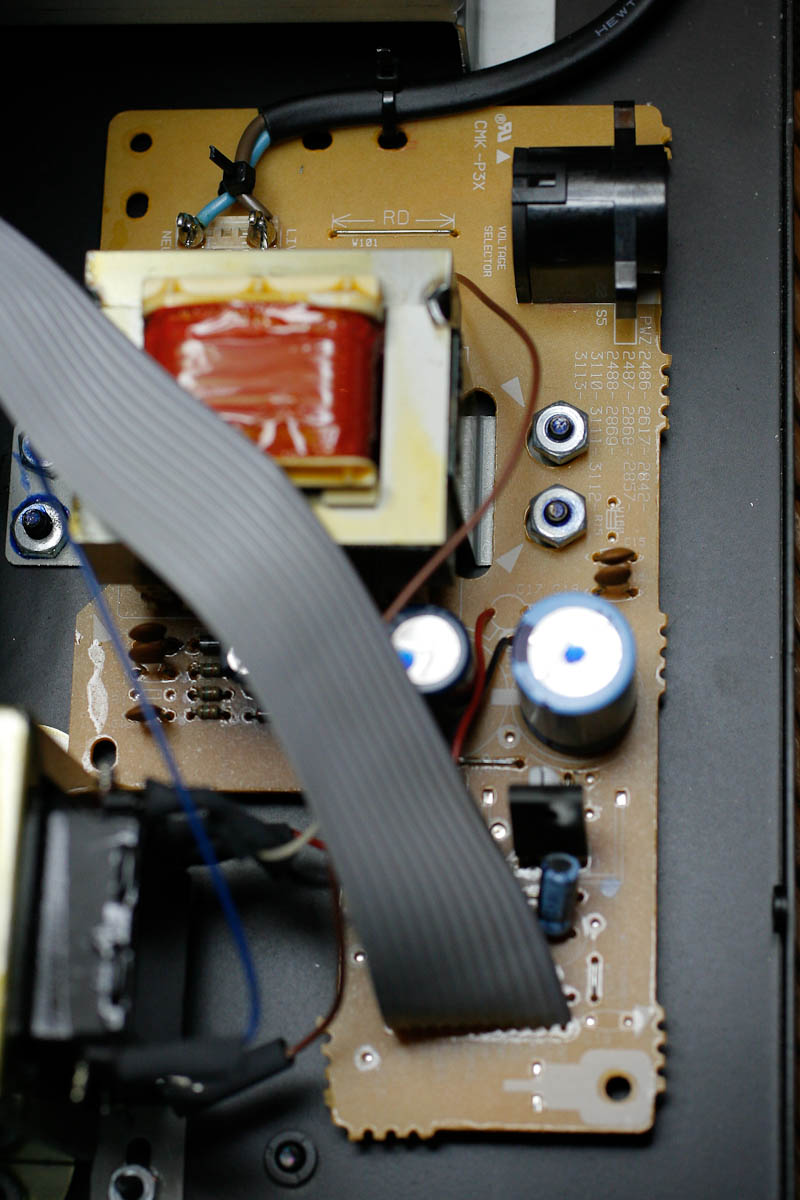
Does anybody know for a fact, how much more did this player cost back then compared to the stock pioneer ? Was it twofold ? More ? Less ?
Below - the Pioneer upside down mechanism. From all the variations of this mechanism - this one was the cheapest and lightest. Not only the whole laser assembly with tracking comes from a laptop drive (or equivalent generation) , but the whole "legendary" stable platter is not stable at all. Its main bearing is plastic and the platter wobbles and vibrates more than an average CD rom does inside the laptop optical drive. So placing your CD on this stable platter may actually vibrate MORE than the CD alone.
Wel, it not MAY vibrate more - it verifiably actually DOES.
OK, not that it is a bad transport - not at all, I just say it as it is. I am not being sarcastic or picky. I swear !
Compared to this, a sony KSS210 is a highend behemoth. Philips VAM1205 too..
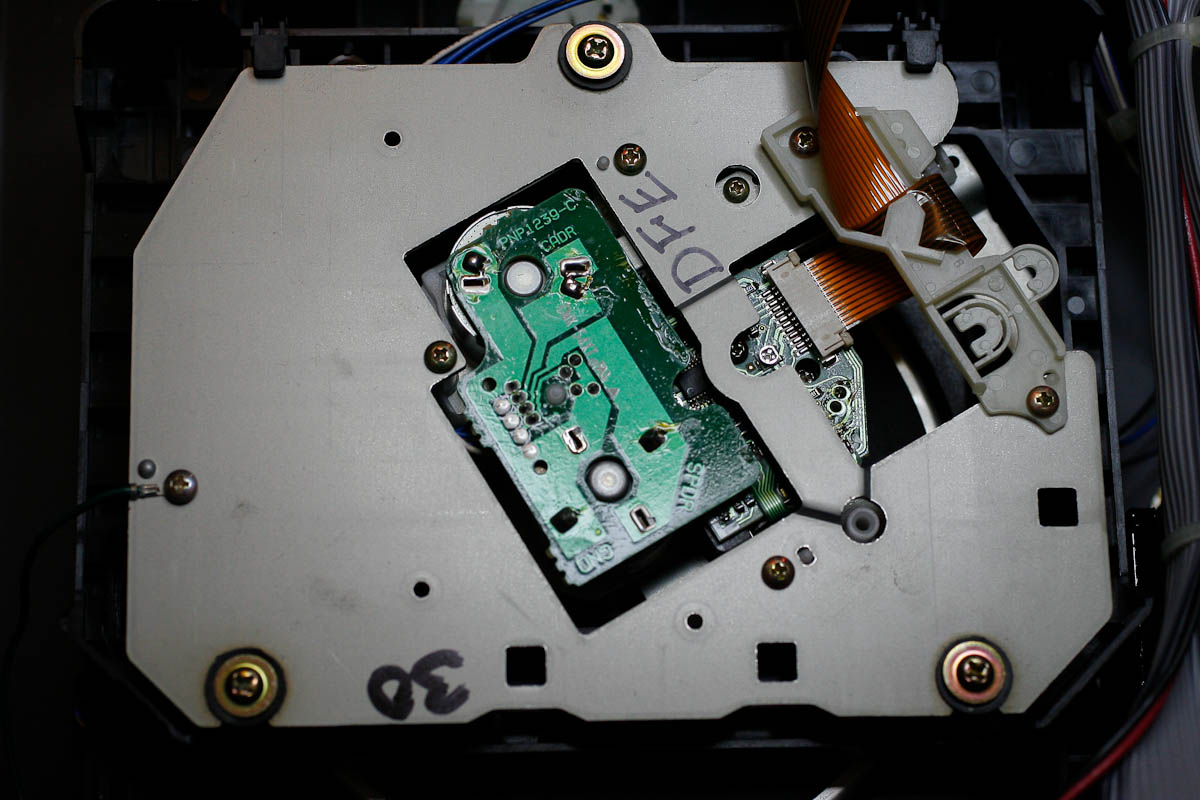

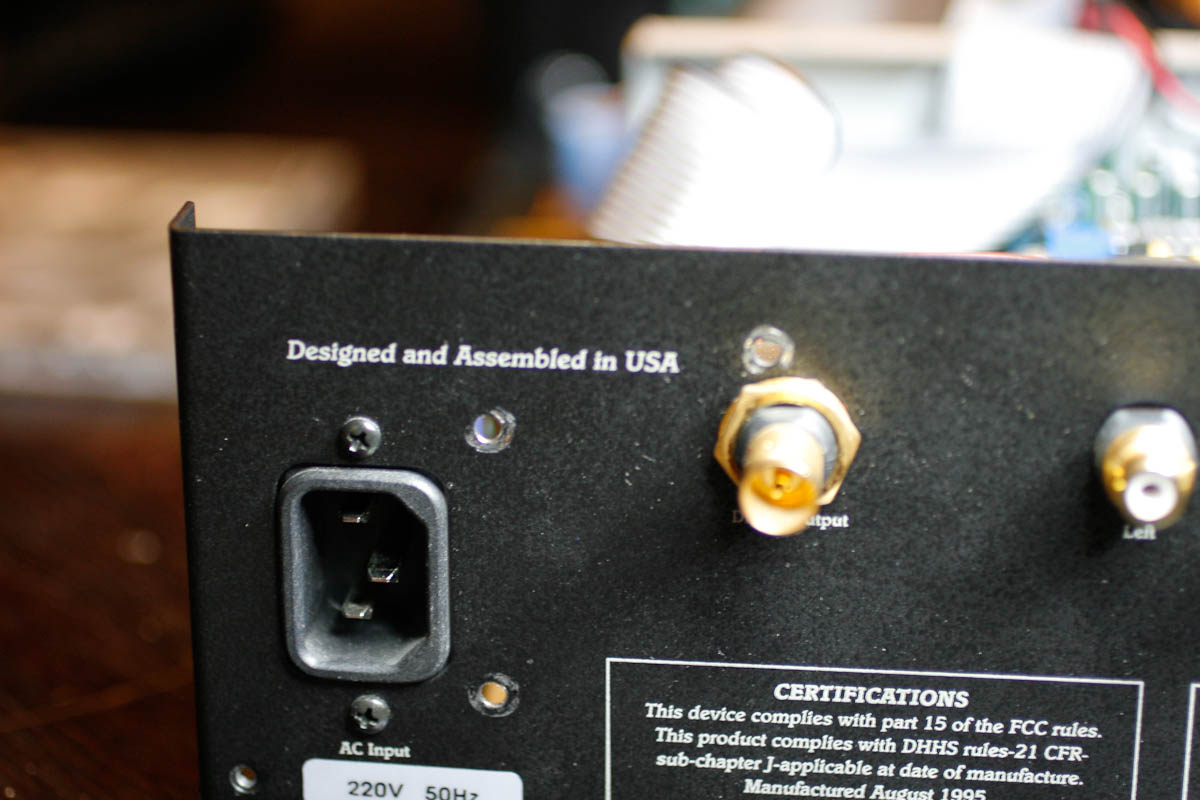
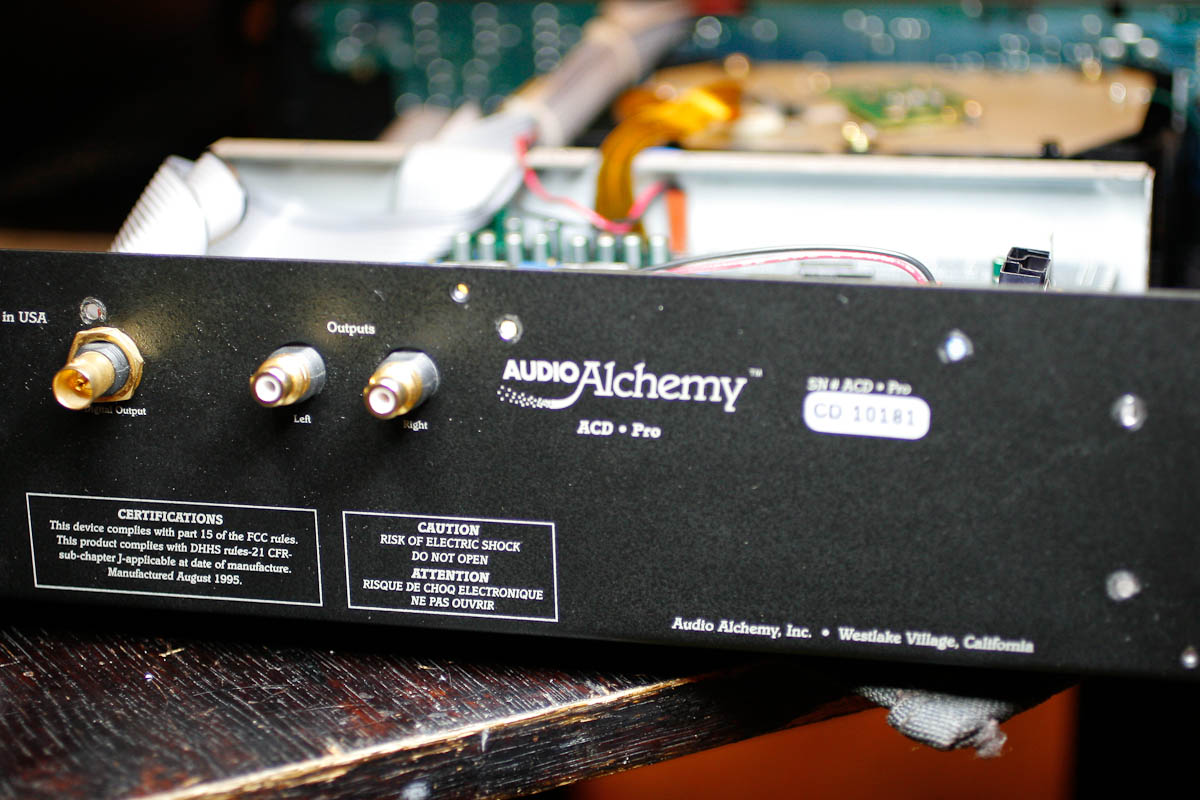
Excuse me, what is PRO about this player ? I mean - c'mon!
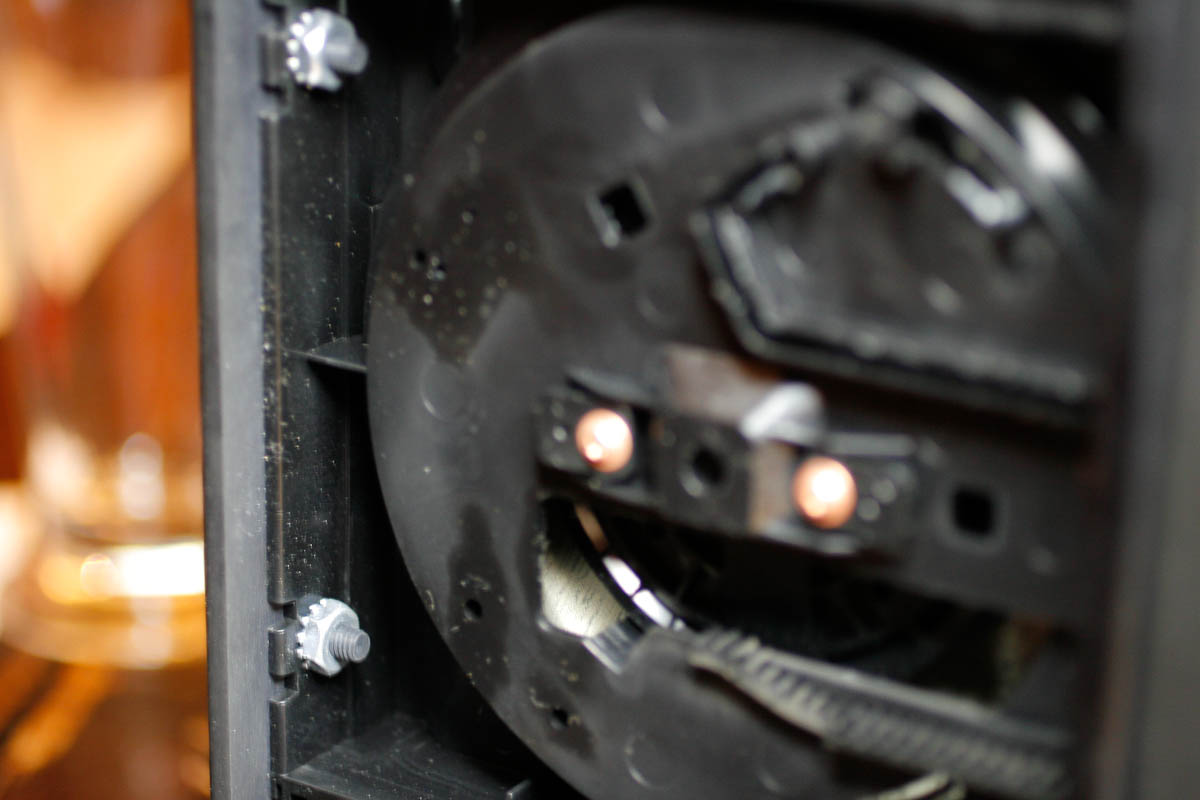
The bottom side of the mechanism drawer with stable platter supporting axis.
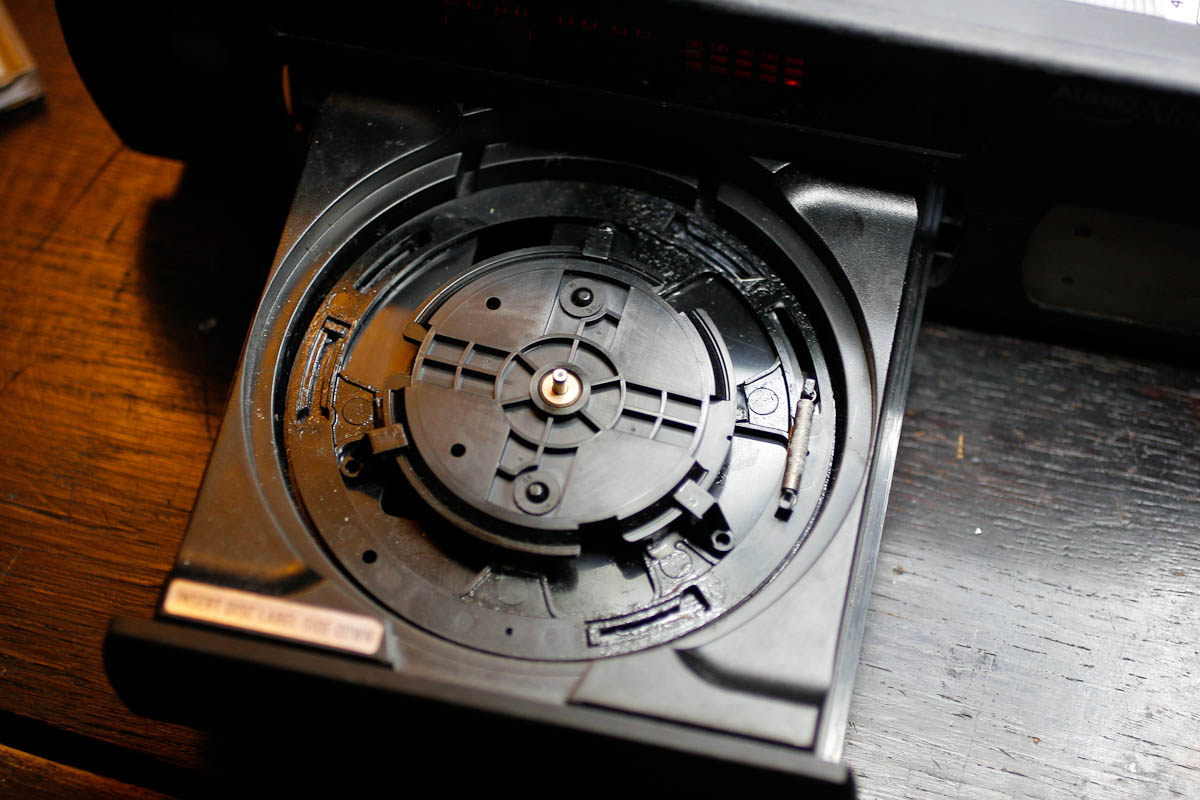
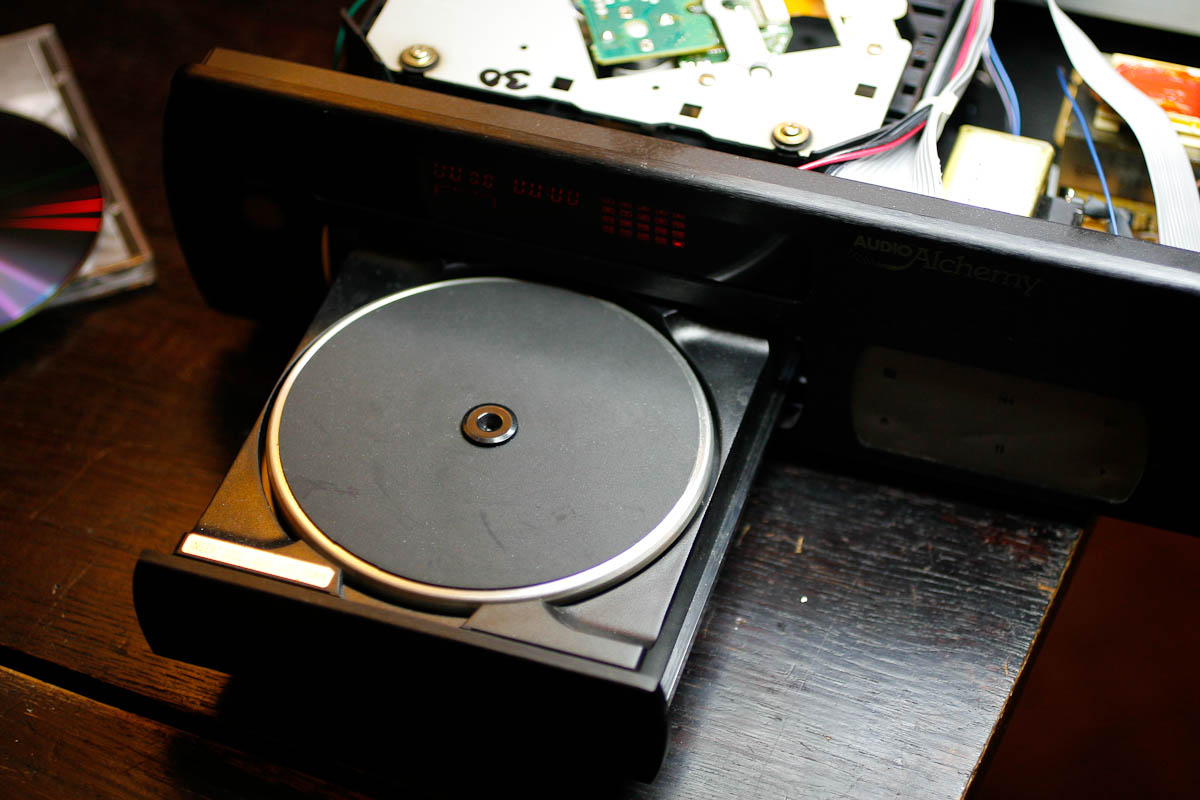
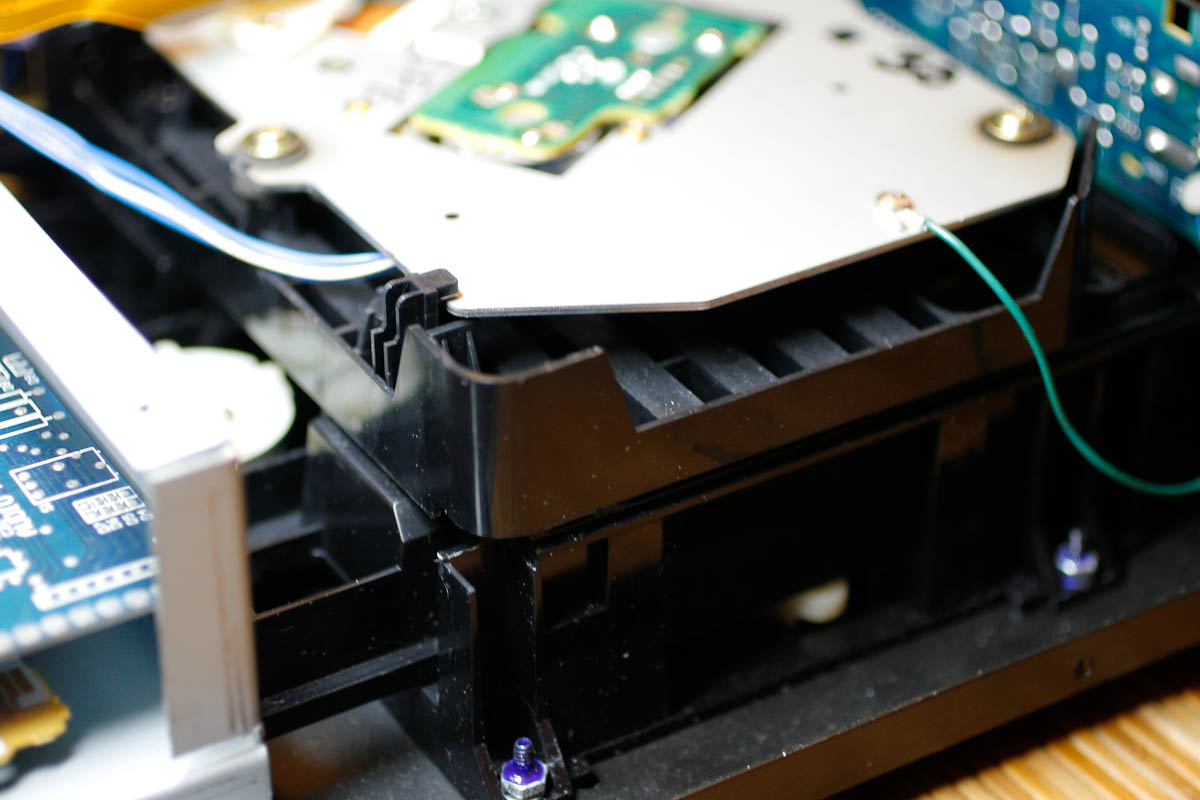
Everything in this mechanism, the assembly, drawer, chassis - everything is plastic.
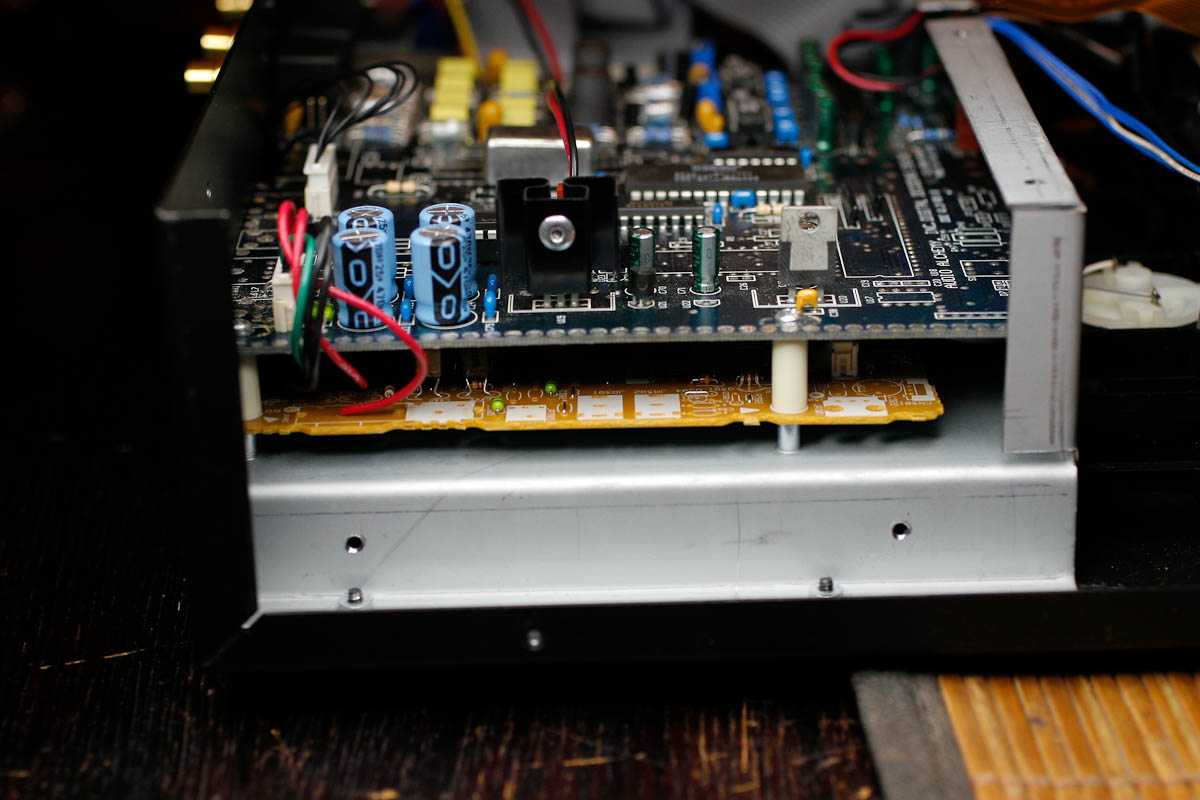
Above - you see Pioneer original brown PCB under the Audio-Alchemy green PCB of the DAC.
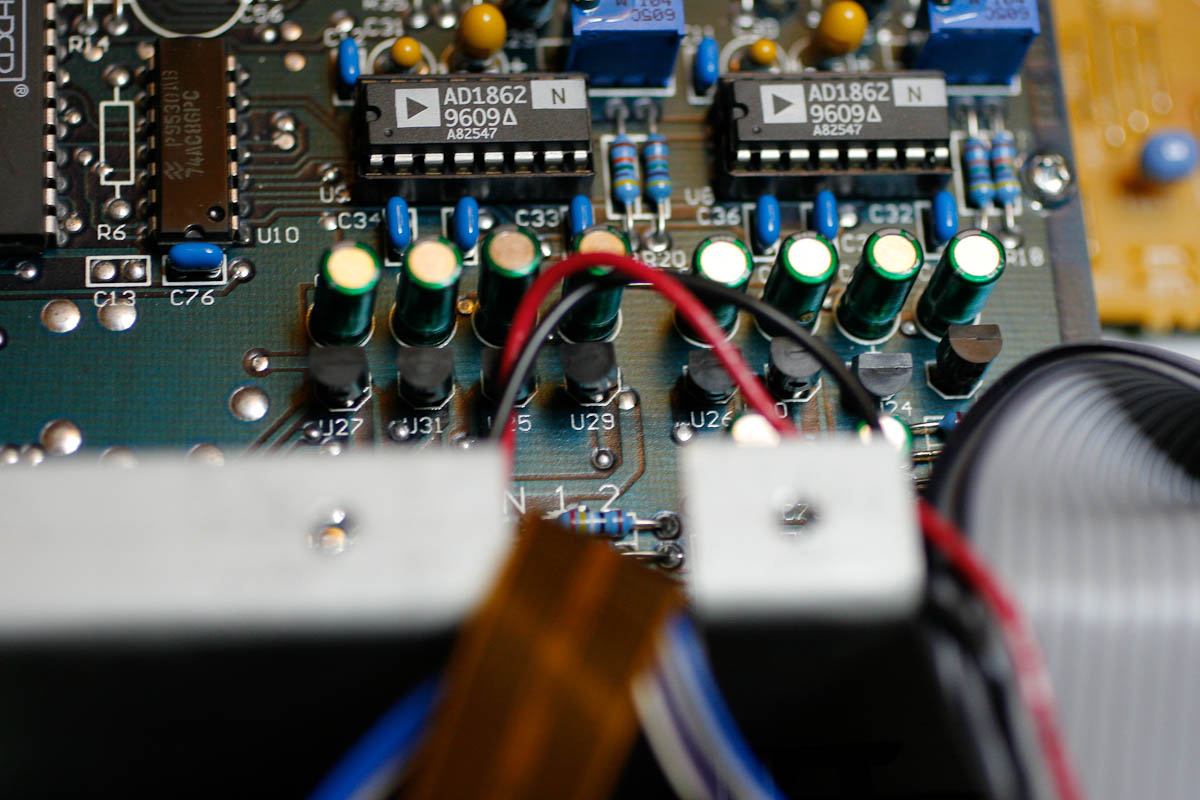
Wow, I simply LOVE these chips - my ELITE of DAC chips, the VIP of DAC chips. They are current type I output and should be lampized IMMEDIATELY.
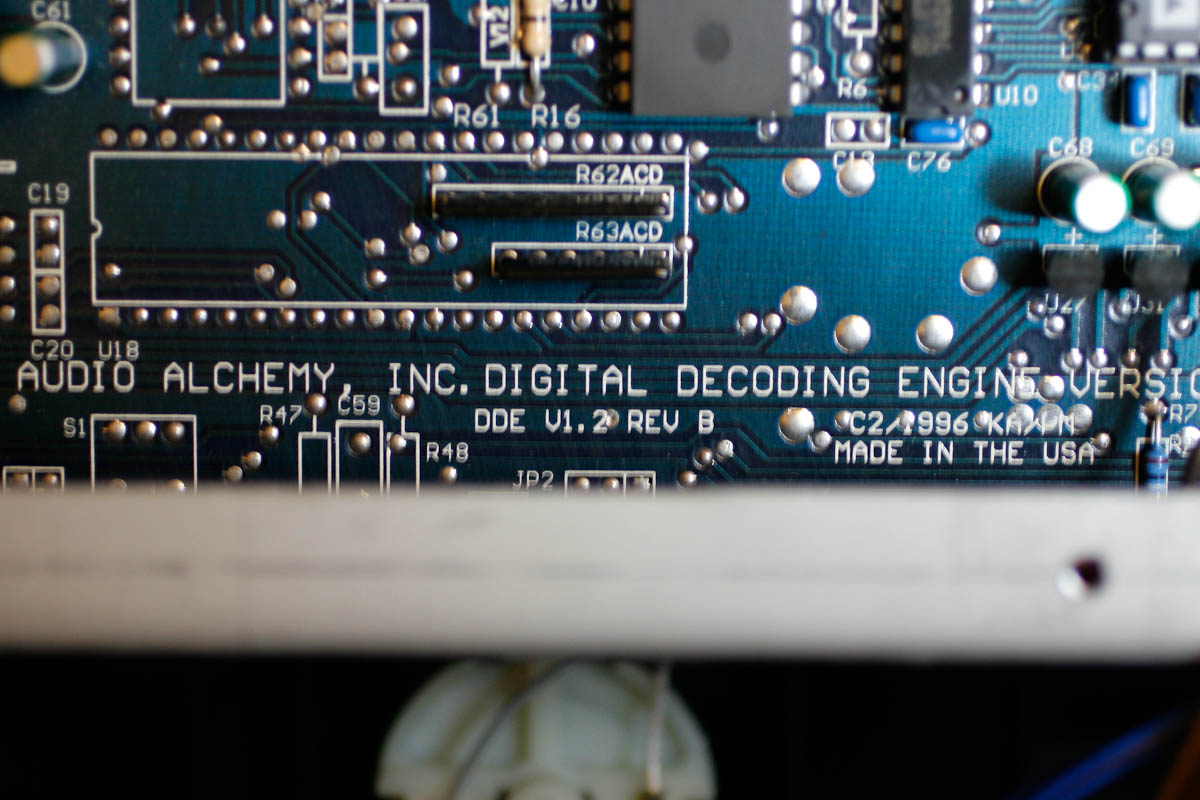
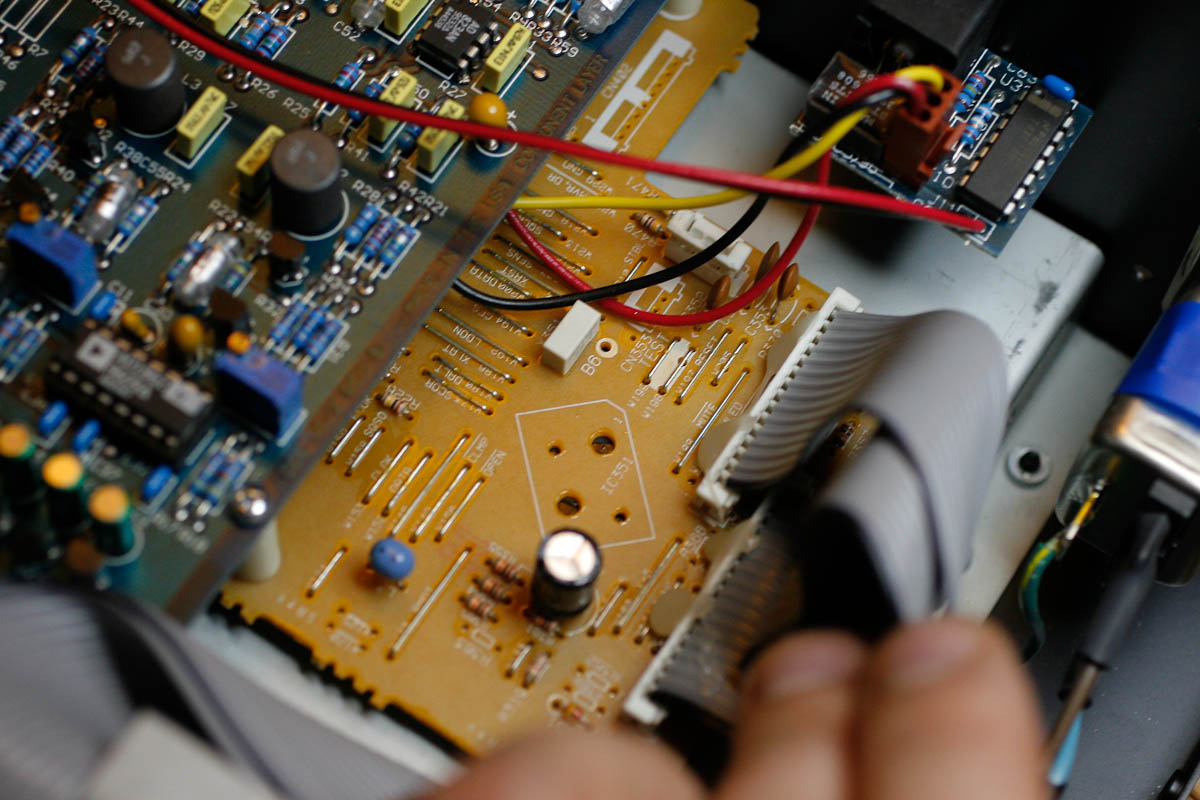
In the top right corner of the above photo and on the below photo as well - the AA addition - some output re-shaping chip for the SPDIF. My guess is - unnecessary and to be omitted - but well get there later.
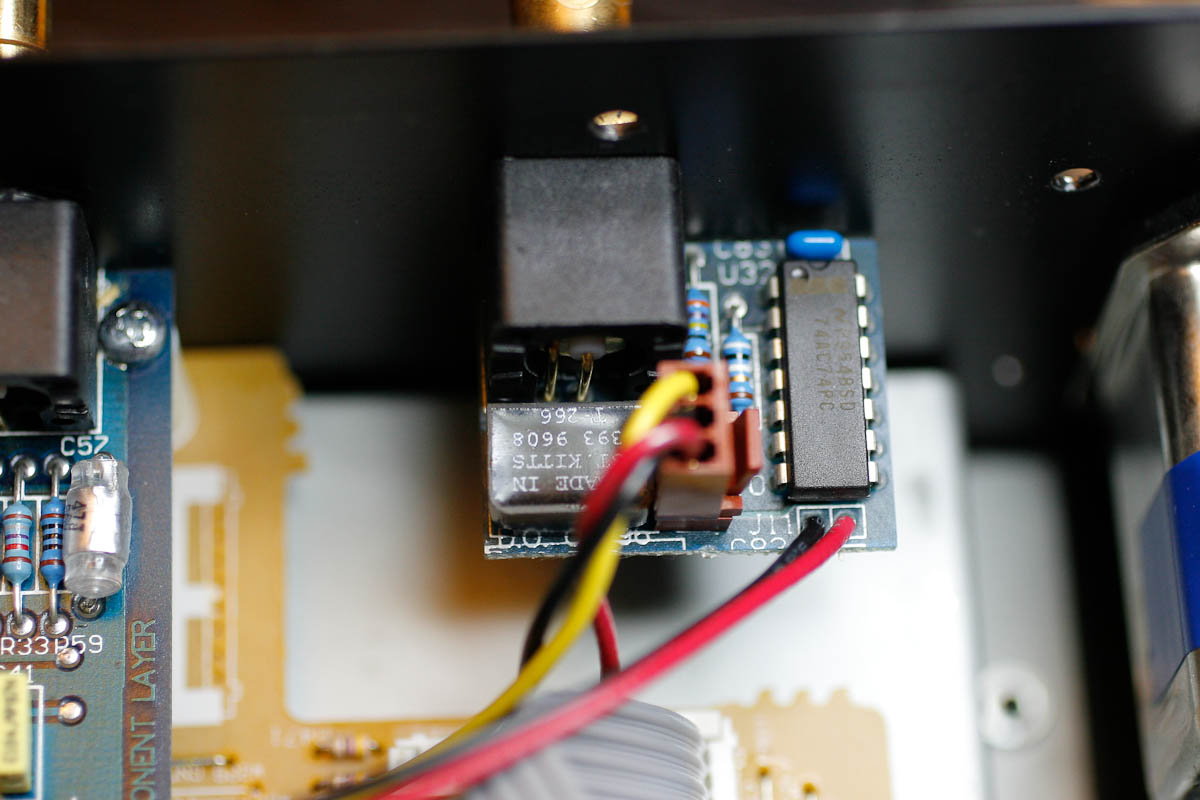
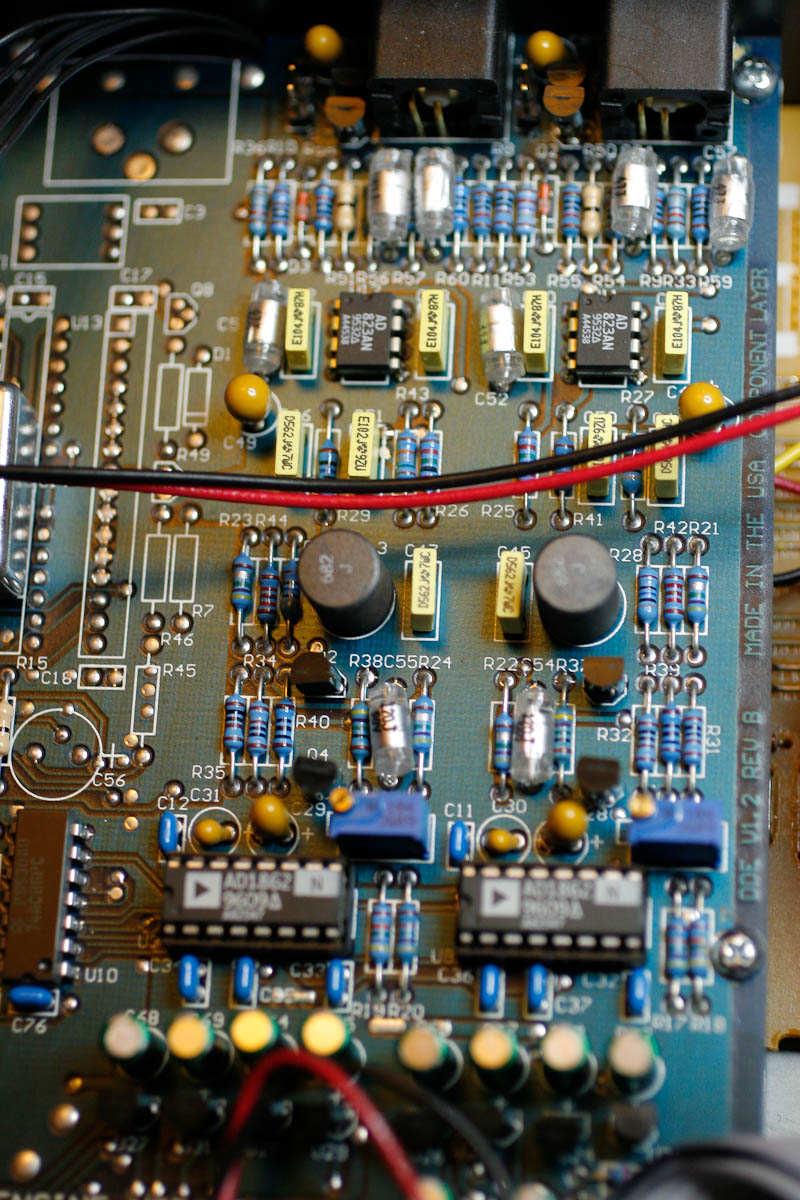
Above - details of the analog output stage - made on two very good AD823 op-amps (single opamp per channel)
It seems this stage is kosher.
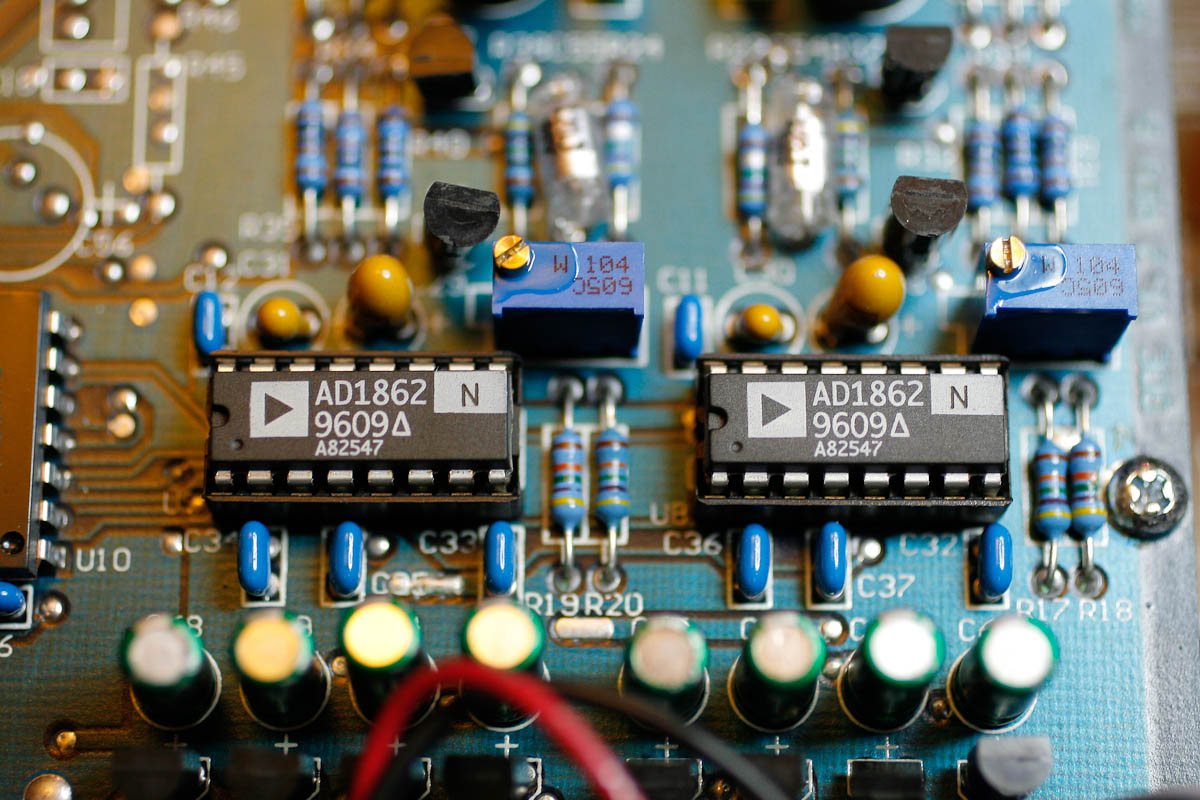
Ergonomy:
The Ergonomy of this player is quite terrible.The display is invisible. Not legible at all due to too much red filtering.
There are no buttons but only a foil covering the buttons. I personally hated that foil. It does not belong in hifi at all.
Listening
This player plays as I would expect. Good dac makes good sound, and the AD opamps are as good as opamps go. So the sound is okay, it is good, it is undeniably opamped - meaning - nowhere near the spatial and dynamic capability of tubes.It can compete with NAD and Technics players, but in my living room - it could never cheat me to be a high end tubed player. It could never scare me with illusions of sound in the dark.
But again - I have nothing concrete to criticize. I wanted to like it more than it wanted to please me. The final feeling before I disconnected it - OK but nothing to write home about.
Rewriting Dostoyewski - surely it is not.
P.S. The lampized original Pioneer PD-S502 would mop the floor with this cute American beauty in EVERY department.
LAMPIZATION WILL FOLLOW .....